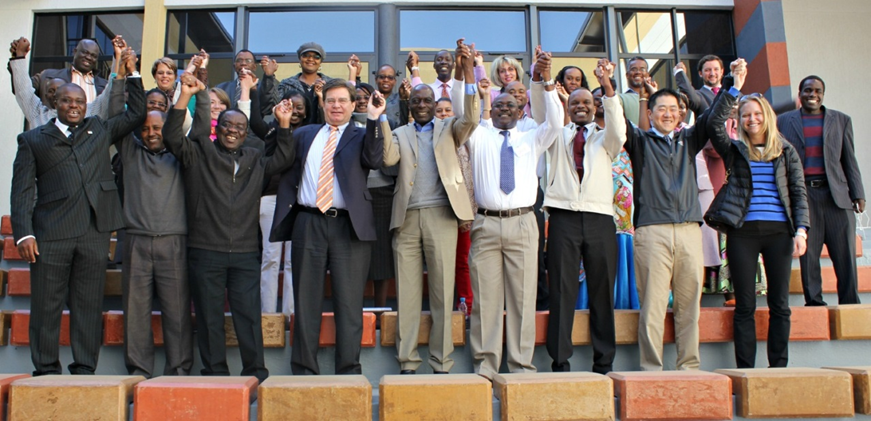Antimicrobial resistance (AMR) occurs when microorganisms develop a resistance to a medicine that was originally intended to disable or kill them. While microbes naturally develop resistance to antimicrobials over time, AMR is accelerated by the overuse and misuse of antimicrobial medicines and non-adherence to treatment regimens. AMR jeopardizes the effectiveness of complex surgeries and procedures and threatens the treatment of infectious diseases, including malaria, tuberculosis, and HIV/AIDS, and could potentially reach a pandemic level in the near future.
Each year, 700,000 people die from drug-resistant infections, and the cost of AMR does not stop at the immense loss of life. Projections estimate that the financial burden could be as much as USD 100 trillion and the global gross domestic product could decrease by 3.8% by 2050.

Although AMR has emerged as a critical issue, spreading to every corner of the globe and affecting all populations, current efforts to curb the spread of AMR are insufficient, and more intense actions are required to address its drivers. In the recently published guide “Building coalitions for containing antimicrobial resistance: A guide”, SIAPS is calling for the establishment and strengthening of coalitions to combat AMR by engaging stakeholders across multiple sectors and by prioritizing effective and locally relevant interventions to contain the spread of drug-resistant infections.
One focus of the report is the collaboration between SIAPS and the Ecumenical Pharmaceutical Network (EPN), a regional organization that conducts awareness-raising campaigns in Africa. In Zimbabwe, SIAPS and the EPN helped organize a workshop for 23 journalists to change social norms and behaviors through improved media coverage. In the five months following the workshop, 23 publications or broadcasts were produced that contributed to reducing inappropriate use of antimicrobials.
The guide can help inform international and local organizations as well as members of the public and private sectors on efforts to build coalitions to combat AMR, and the approach outlined in the guide has shown itself to be adaptable for both country- and regional-level implementation.
Read the full guide here.

